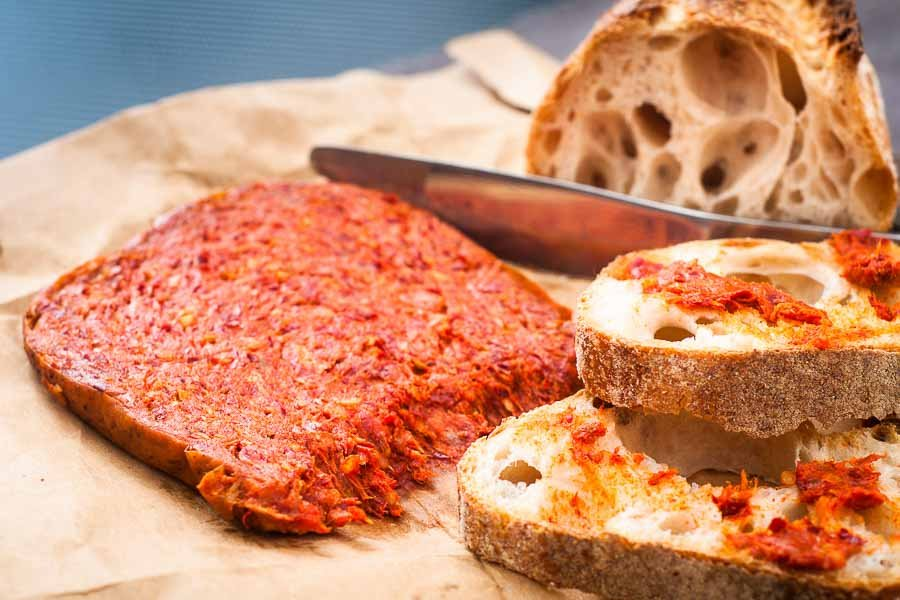Calafiori, a name that many people may not be familiar with, is at the center of some of Italy’s most delightful dishes. Its origins, history, and culinary uses make it a must-know ingredient for food enthusiasts. This article will explore what calafiori is, its varieties, and how it has become a star in Italian kitchens and around the world.
What is Calafiori?
Calafiori, also known as cauliflower, is a vegetable that belongs to the cruciferous family. It is most commonly used in Italian cooking but has found its way into cuisines worldwide. Its distinct shape, white florets, and versatile flavor make it a popular choice for both simple and complex dishes.
History of Calafiori: From Ancient Times to Modern Kitchens
The history of calafiori dates back thousands of years. Originally cultivated in the Mediterranean region, it became a staple in the kitchens of ancient Rome. Over the centuries, its popularity spread, making it a key ingredient in many regional Italian recipes.
The Varieties of Calafiori
There are several types of calafiori, each with its unique flavor and texture. The most common variety is the traditional white calafiori. However, you may also come across purple, green, and orange varieties, each bringing a splash of color and different nutritional benefits to the table.
White Calafiori: This is the classic variety, often found in supermarkets and markets worldwide. It has a mild flavor, making it perfect for many recipes.
Purple Calafiori: Known for its vibrant color, purple calafiori has a slightly stronger taste than its white counterpart. It’s rich in antioxidants and offers a more robust flavor in dishes.
Green Calafiori: Also called Romanesco, this variety has a unique fractal shape and a slightly nutty flavor.
Orange Calafiori: Known for its high levels of beta-carotene, the orange variety has a sweet flavor, which makes it ideal for soups and roasts

Nutritional Benefits of Calafiori
Calafiori is not just tasty; it’s also packed with nutrients. Rich in vitamins C and K, it also provides important minerals like calcium, iron, and potassium.
How to Cook Calafiori: Tips and Techniques
One of the best things about calafiori is its versatility in cooking. It can be eaten raw, steamed, boiled, roasted, or even sautéed. Below are some popular cooking methods:
Steaming: Steaming calafiori preserves its nutrients while offering a tender texture.
Roasting: Roasting calafiori at a high temperature with a bit of olive oil brings out its natural sweetness and creates a crispy exterior.
Stir-frying: Sautéing calafiori in a hot pan with garlic and olive oil creates a delicious, quick side dish.
Raw in Salads: Raw calafiori can be finely chopped and added to salads for a crunchy texture and fresh taste.
Calafiori in Italian Cuisine
In Italy, calafiori is a star ingredient. From the northern regions to the south, it is used in a wide range of traditional dishes. Here are some popular Italian recipes featuring calafiori:
Caponata Siciliana: A sweet and sour dish from Sicily, caponata combines calafiori with eggplant, olives, and capers in a tangy tomato sauce.
Pasta con Calafiori: A classic Sicilian pasta dish, it combines pasta with sautéed calafiori, garlic, anchovies, and breadcrumbs for a perfect balance of flavors.
Frittata di Calafiori: This simple yet satisfying dish is a combination of calafiori and eggs, often enriched with cheese and herbs.
Calafiori alla Romana: A Roman-style preparation where calafiori is stuffed with cheese and herbs, then baked until golden.
Calafiori in Modern Cooking
As food trends continue to evolve, calafiori has found its place in many modern cooking styles. It’s not just for traditional Italian dishes anymore. It’s now used as a substitute for grains, such as rice or pizza crust, in gluten-free and low-carb diets.
Cauliflower Rice: A low-carb alternative to regular rice, cauliflower rice is made by pulsing raw calafiori in a food processor and then lightly cooking it.
Cauliflower Pizza Crust: Ground calafiori mixed with cheese and eggs can form a gluten-free pizza crust that’s light yet crispy.
Why Choose Calafiori?
Chelsea Calafiori is a perfect ingredient for health-conscious individuals. Its low-calorie content and high fiber and vitamin profile make it an ideal vegetable to include in your diet. Whether you are following a vegan, gluten-free, or paleo diet, calafiori can easily be incorporated into your meals.
Growing Calafiori: A Guide for Home Gardeners
Japanese Food If you enjoy growing your own vegetables, calafiori is a great choice. It thrives in cool climates and can be grown in a variety of soil types. Here are some tips for growing calafiori at home:
Soil: Calafiori prefers well-drained, fertile soil rich in organic matter.
Sunlight: It requires full sun for at least six hours a day to grow properly.
Watering: Keep the soil consistently moist, but avoid overwatering, which can cause the plant to rot.
Harvesting: Harvest calafiori when the heads are firm and tight, before the florets begin to separate.
FAQs About Calafiori
1. What is the best way to store calafiori?
Keep calafiori in the refrigerator, either unwashed or wrapped in a paper towel. It can last up to a week.
2. Is calafiori healthy?
Yes! Calafiori is low in calories a name and high in fiber, vitamins, and minerals, making it an excellent choice for a healthy diet.
3. Can calafiori be frozen?
Yes, you can freeze calafiori a name after blanching it briefly in boiling water. It will maintain its flavor and nutrients.
4. How can I make cauliflower rice?
Pulse raw calafiori florets in a food processor until they resemble rice grains. Then, lightly sauté in a pan with a bit of oil for a healthy rice alternative.
5. What are some good flavor pairings with calafiori?
Calafiori pairs well with garlic, olive oil, lemon, cheese, and herbs such as parsley, thyme, and rosemary.
A Vegetable for Every Occasion
Fury vs. Usyk Calafiori a name is more than just a simple vegetable. Its versatility, nutritional value, and adaptability to modern cooking trends make it a must-have in every kitchen. Whether you’re looking for a healthy side dish, a main course, or a gluten-free alternative, calafiori a name delivers. So, next time you’re in the kitchen, remember to experiment with this delicious and nutritious vegetable!
To read more, Click Here

Leave a Reply